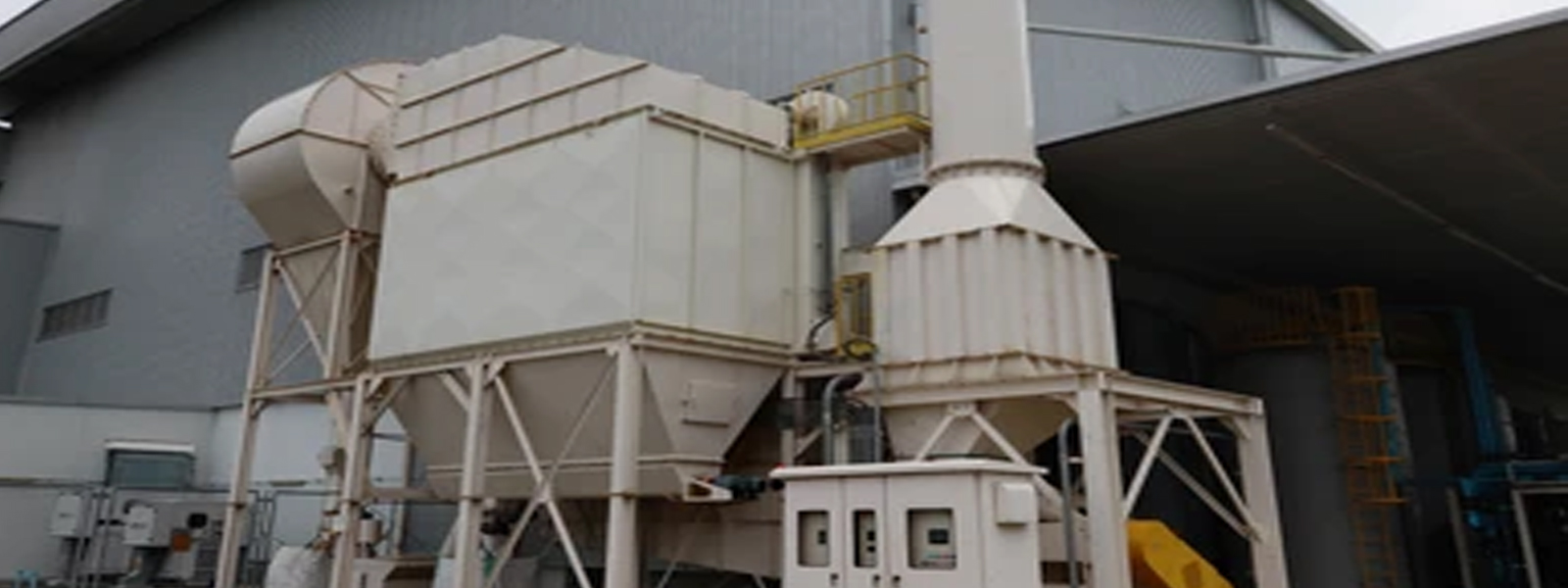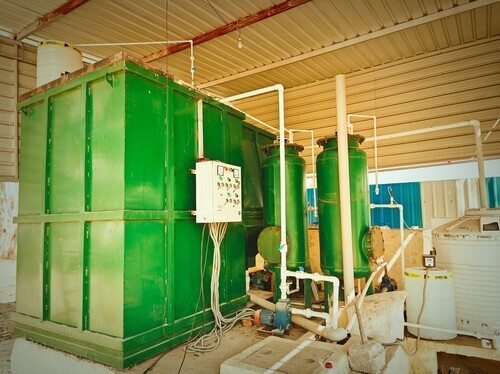
Waste Water Treatment Plant
Product Details:
Waste Water Treatment Plant Price And Quantity
- 550000.00 INR/Plant
- 1 Piece
Waste Water Treatment Plant Trade Information
- Paypal, Cash Against Delivery (CAD), Cash in Advance (CID), Cheque
- 1 Piece Per Day
- 7 Days
- All India
Product Description
A Waste Water Treatment Plant (WWTP) is a facility designed to treat and purify used water from domestic, industrial, and commercial sources before it is released back into the environment. Its primary goal is to remove contaminants, protect public health, and minimize environmental pollution.
The treatment process typically involves several stages. First is preliminary treatment, where large solids, debris, and grit are removed. This is followed by primary treatment, where wastewater is held in large tanks to allow solids to settle and floatable materials to be skimmed off. Next is secondary treatment, a biological process where microorganisms break down organic matter. Common methods include activated sludge systems, trickling filters, or rotating biological contactors.
After biological treatment, tertiary treatment may be applied to further improve water quality. This can include filtration, chemical disinfection (such as chlorination or UV treatment), and nutrient removal (nitrogen and phosphorus). Some plants also use advanced technologies like membrane filtration or reverse osmosis.
Sludge generated during treatment is treated separately through digestion, thickening, and dewatering. Treated sludge can be used as fertilizer, incinerated, or safely disposed of in landfills.
Properly treated wastewater can be safely released into rivers, lakes, or oceans, or even reused for irrigation and industrial processes. Waste water treatment is crucial for maintaining water quality, supporting ecosystems, and meeting environmental regulations. With growing populations and climate challenges, modern WWTPs play a key role in sustainable water management and pollution control.

Price:
- 50
- 100
- 200
- 250
- 500
- 1000+




